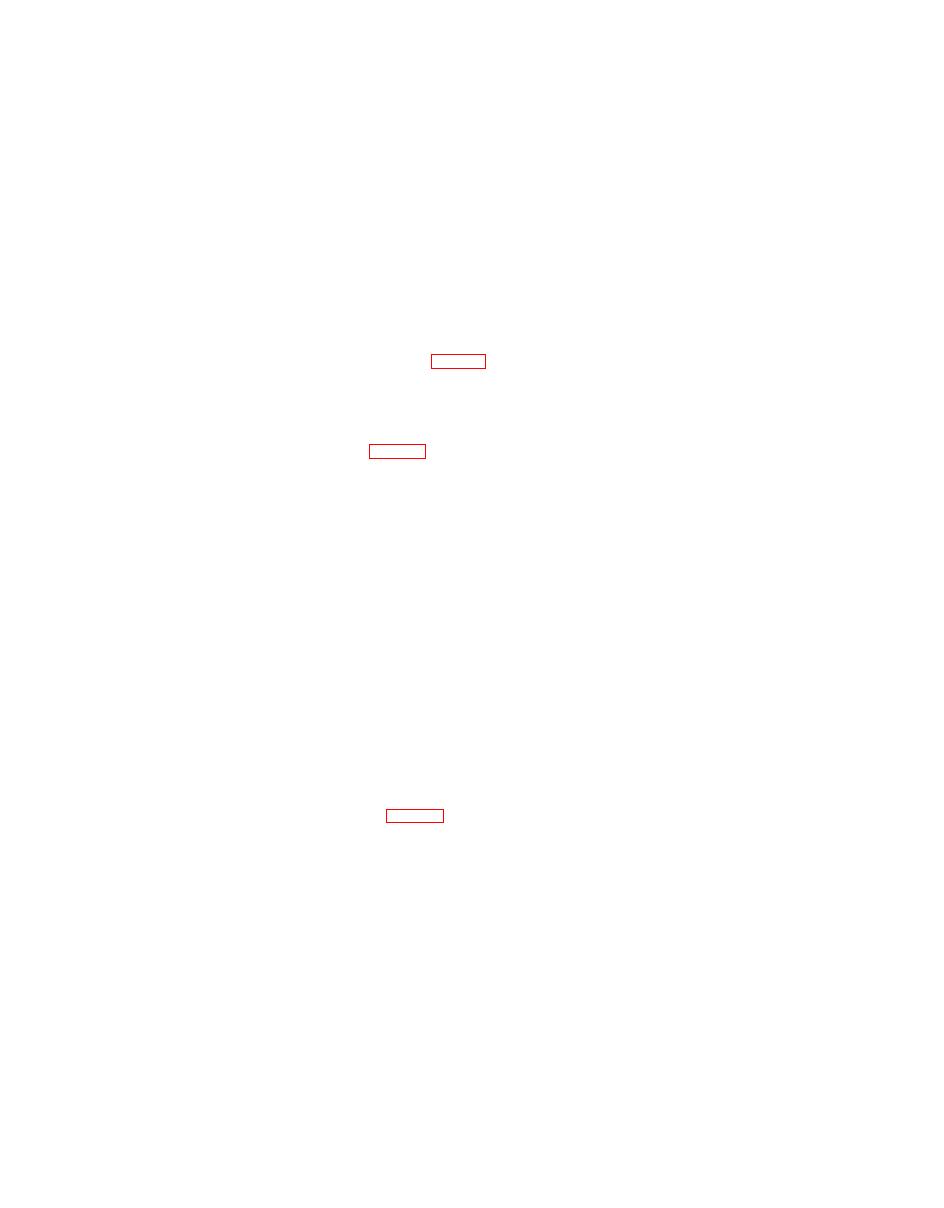
(13) Photographic developer, used to develop autopositive paper
or film.
(14) Acetic acid. One part of 28-percent acetic acid is added to
20 parts of water to make a photographic short stop.
(15) Photographic fixer, a hypo fixing bath for paper and film.
(16) Transparentizing solution, used to improve the trans-
parency of tracings and autopositive paper.
( 1 7 ) P h o t o g r a p h i c t r a y s . Twelve- by 14-inch trays are required
to process 8- by 11-inch paper or film in photographic
chemicals.
Note. The items in (8) through (17) above are for use only in
an authorized photographic laboratory.
27. Direct Methods
a. Grease (Wax-Base) Pencil. Apply the grease pencil directly
to the cellophane or plastic sheet (par. 16 b).
b. Carbon Tracing Sheets. Trace, draw, or type on the back of
carbon tracing sheets that have been placed in contact with clear
plastic or cellophane. Red carbon paper is recommended, because it
will produce the sharpest projected image.
colored inks to clear plastic (not to cellophane) in one of the following
ways :
(1) Apply the ink with an ordinary fountain pen, but use a some-
what slower motion than is normal for writing on paper.
(2) Use a speedball pen to draw broad lines or to fill in relatively
small areas. When filling in, use a rotary motion, and work
from the center of the area outward to insure even distribu-
tion of color.
(3) Twirl cotton on the end of a slender wooden stick, and use
the tip as a brush to fill in large areas. Move the cotton
tip back and forth in parallel strokes without lifting it from
the plastic. A sable brush may be used for the same purpose.
To obtain light, even tones, apply the ink liberally. Then,
as it dries, rub the colored area vigorously with a wad of
cotton. Trim the edges of the area by wiping them clean
with a damp cloth.
Note. Coat the surface of the completed transparency with a light
film of plastic spray. Apply the spray from a distance sufficient to
insure that the surface will not be wetted to a milky density.
follows:
(1) Cut out a section of the adhesive sheet so that it roughly
matches the area to be covered on the completed transpar-
ency.
26
TAGO 4738B

